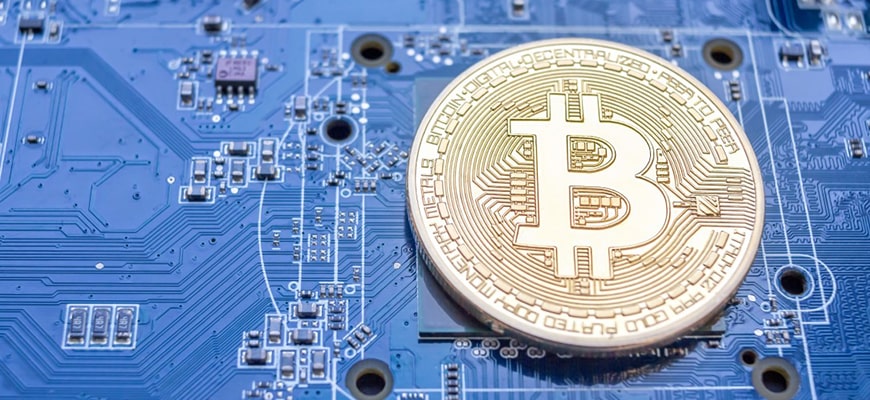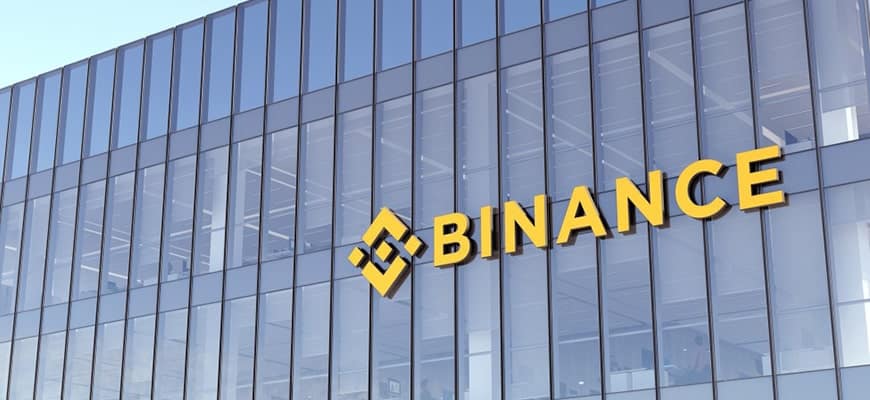Node is the most basic element of the blockchain infrastructure on which data is stored.
What is node?
A node is the basic unit and the most important part of the blockchain infrastructure that stores its data and allows all communications (transactions) to pass through it. It can be controlled by any personal computing device or server. Nodes are interconnected and therefore can easily transmit data to one another. They need to be constantly updated for proper functioning.
Standard nodes differ from miner nodes because miners actually provide the processing power of the network to solve math problems and offer blocks. Also, miners run full nodes to find valid transactions to accumulate into a block. This does not apply to regular nodes, which only store, broadcast and check network activity without offering blocks. To run a node usually requires an Internet connection, a computing device with different requirements, and different levels of technical skill.
If a node goes offline, it must first sync with the rest of the blockchain and then continue when it is back online.
The number of nodes is an excellent indicator of security and decentralization, because as the number of nodes increases, the network becomes more resilient. This is because a large number of nodes ensures that in the event of network attacks and some of them leaving the network, a reasonable number of nodes will remain to ensure the continuity of the network and its functions.








